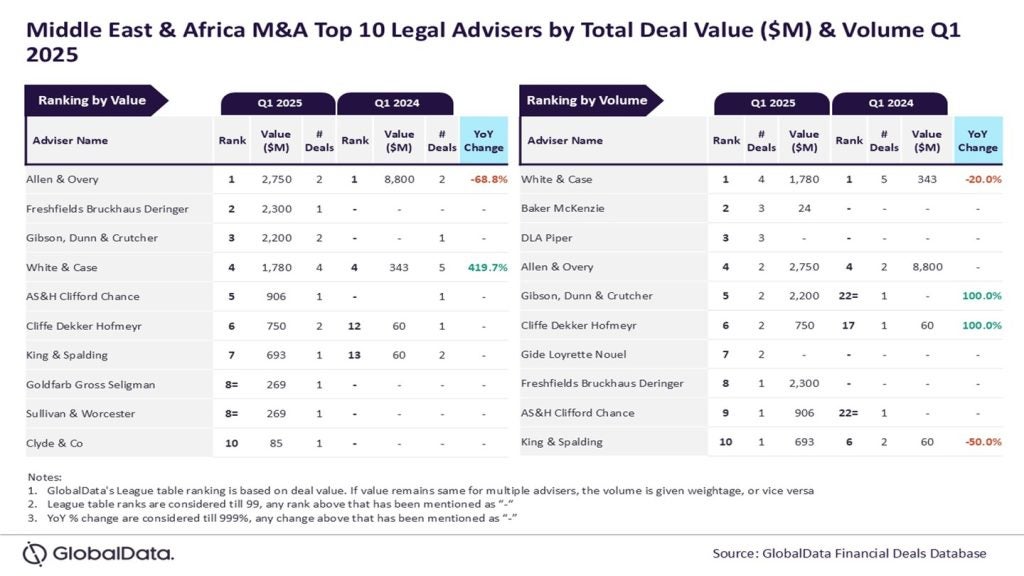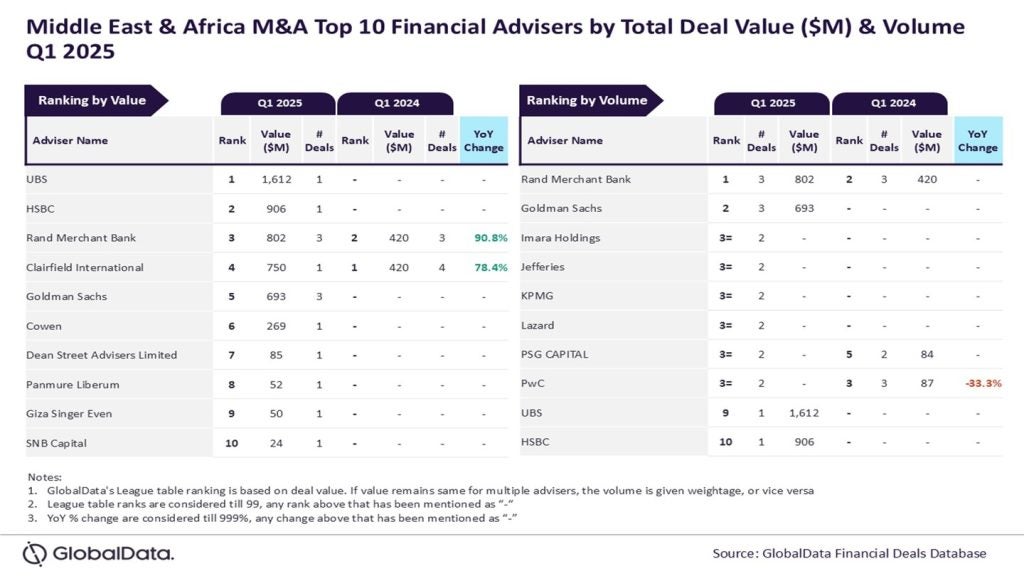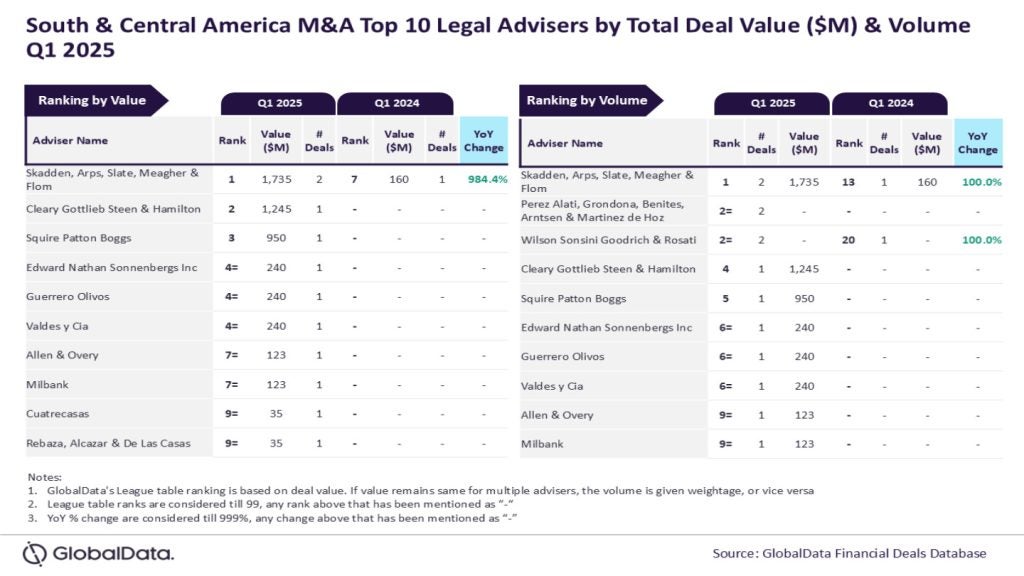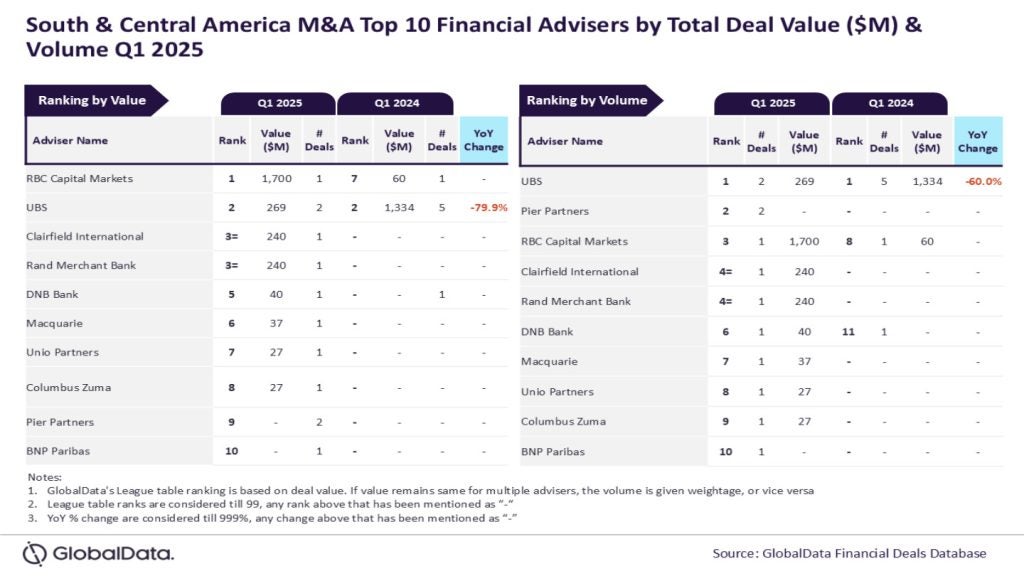The growing need for customer satisfaction is driving financial institutions worldwide to spend more on IT. Retail banks are focusing on the monetisation of their digital channels, even in times of market volatility and high costs pressures. Analyst house Ovum looks at how IT spending across the main business functions is responding in reaction to changing business strategies. Valentina Romeo reports
In response to digitalisation and rising customer strength, banks are renewing their platforms and, as a result, are actively investing in technology and IT systems.
The total retail banking technology market is, in fact, set for significant growth in the next five years. Internet-based solutions, as well as digital channels, are expected to experience the highest growth due to the customers’ increasing use.
The new research from Ovum, Retail Banking IT priorities for 2014 and spending forecasts to 2018, reveals that the retail banking IT spending is expected to hit $152.5bn by 2018. The research says the main driver behind the forecast figure is the ever-increasing customer strength, which is leading banks to focus more on the front office to generate revenue and grow market share.
However, Ovum also sees a continuation of significant investment in the back office to improve automation and scalability levels.
"IT intensity is already very high in banks with 20% of costs related to it. IT will become the core platform for running the business especially if you go to remote banking only. Now things are changing especially because of the shift to digital channels and digital marketing," Knapik, practice leader, financial services technology, Ovum tells RBI.
"The growth of IT spending will keep increasing for the time being," he adds.
Ovum says the increase in IT spending will be most visible in the emerging markets and in North America, with the latter forecast to reach $59.3bn in 2018.
"Emerging markets are driven by customer acquisition and because those markets are growing much quicker," Knapik explains.
"In some emerging markets you’ll see more growth in the mobile channels because the penetration of the Internet might not be that great, instead the mobile presence is much higher."
Compared to developed countries, emerging Asia-Pacific markets are expected to grow their IT spending at the fastest rate (7.7%), mirroring the economic development in the region and the expected financial strength of consumers. Furthermore, the total annual spend in this region is expected to reach $16.8bn by the end of 2018, Ovum reports.
On the other hand, the research says Western Europe is set to reach $43.6bn in 2018, growing at a slower rate as it struggles with sovereign debt issues and a consequent weaker consumer demand.
However, Ovum analysts still see positive outcomes for Western Europe as banks are planning to increase IT spending on new strategies and initiatives.
Knapik, for example, mentions the debate surrounding the reduction and possible disappearance of banks’ branches to create ‘more room’ for mobile and other digital channels. "In Western economies, especially, there has been a rationalisation of branches, of course, so banks are reducing the number of branches or having less people involved in it. It takes time, but on the other hand some banks are more focused on customer engagement. Branches will definitely be more sales orientated in the future."
Finally, Ovum reports that Western Europe (forecast to reach $43.6bn in 2018) and North America (forecast to reach $59.3bn in 2018) will remain the largest markets for IT spending, growing at 2.9% and 4.8%, respectively, by 2018.
Digital at the heart of the business
"I don’t see bank branches disappearing. In many cases the number of transactions in branches is decreasing by around 4%, while transactions for mobile and online are increasing by about 20%. What is happening is not a definite closure of branches but a shift in the business culture," Knapik says.
Business development is a priority for a large number of retail banks, with IT spending in this area forecast to reach $13.6bn by the end of 2018.
As financial institutions are increasingly looking to move towards a central banking function, the improvement of systems to make them much more efficient will be required. Ovum believes IT spending in this area will record an annual compound growth rate of 6.4% between 2014 and 2018.
Also, online banking investments will get a high amount of attention reaching a $10bn growth by 2018, with also other channels, such as mobile, growing even faster.
"For customer acquisition, digital channels are really the strongest. They are growing really fast with all the solutions surrounding them, for example digital marketing. Now you see a more comprehensive approach to these problems from banks."
Compliance and maintenance remain key factors
Operational budgets will also feel the impact of compliance requirements, Ovum says.
Banks’ focus on compliance is consistently strong across all geographies, and new initiatives will depend on implementation deadlines, such as those for the Single Euro Payments Area (SEPA), Basel III, and Dodd-Frank in the US.
In addition to that, a recent survey suggests IT spending is forecast to increase throughout 2014 as many banks battle against their aging legacy systems and come under increasing pressure from new entrants to modernise.
Indeed, over a third (34%) of financial services firms’ IT budgets are being taken up with application support and maintenance (ASM), which still represents a large portion of IT spending. The survey, carried out by business and technology consultancy HCL, showed that the cost of maintaining and supporting applications was increasing year-on-year for 87% of respondents, while over the last 12 months, financial sector organisations have on average seen a 27% increase in support tickets for ASM.








